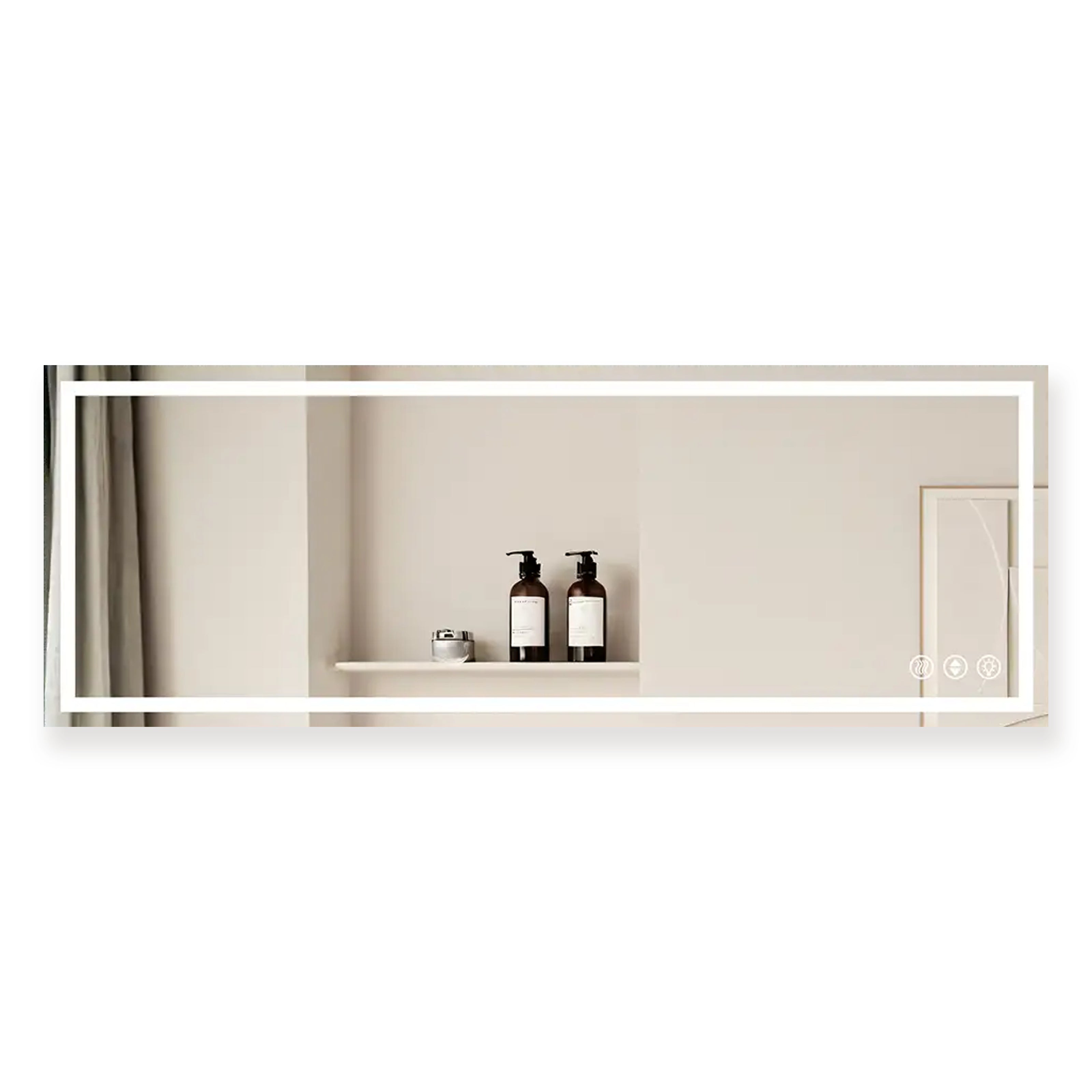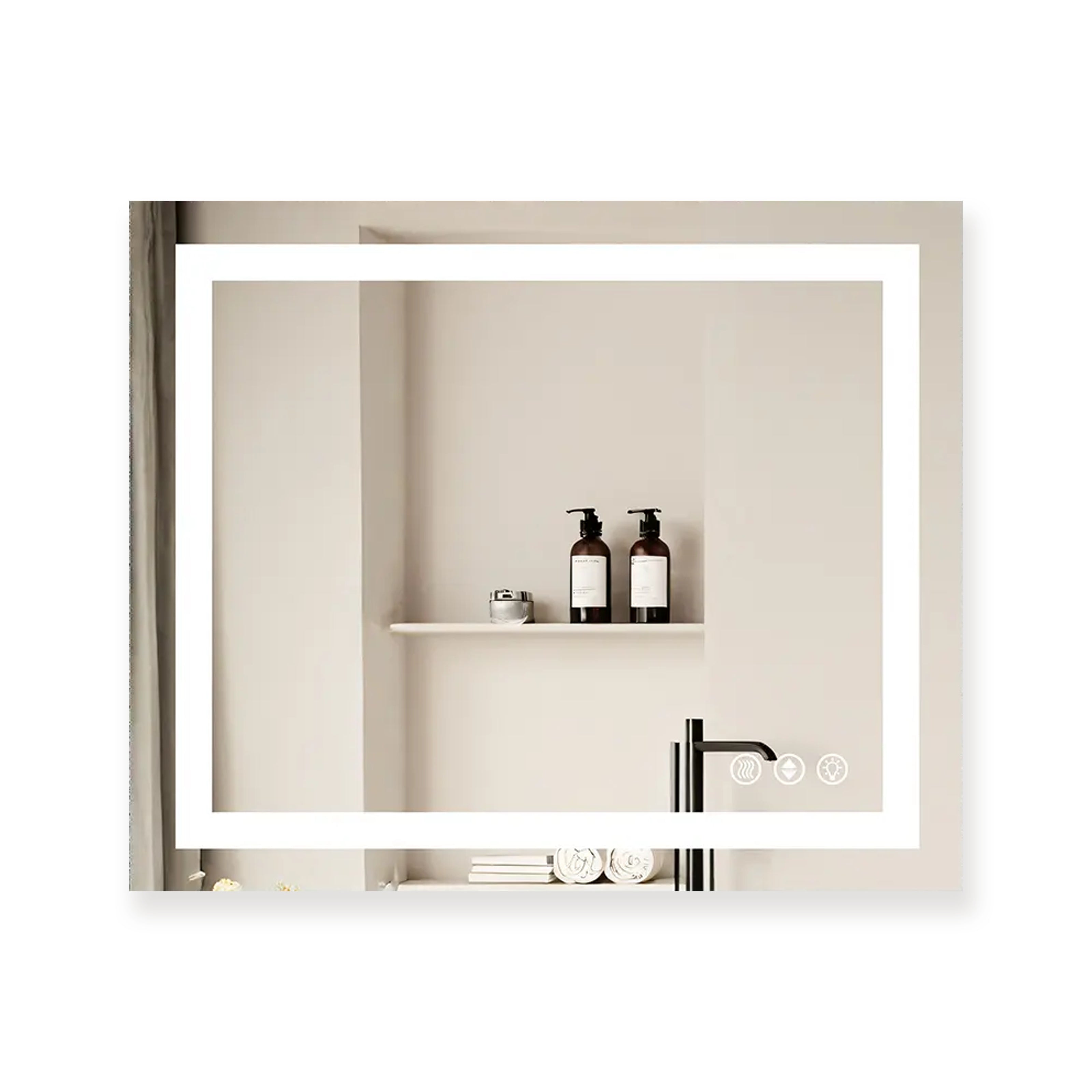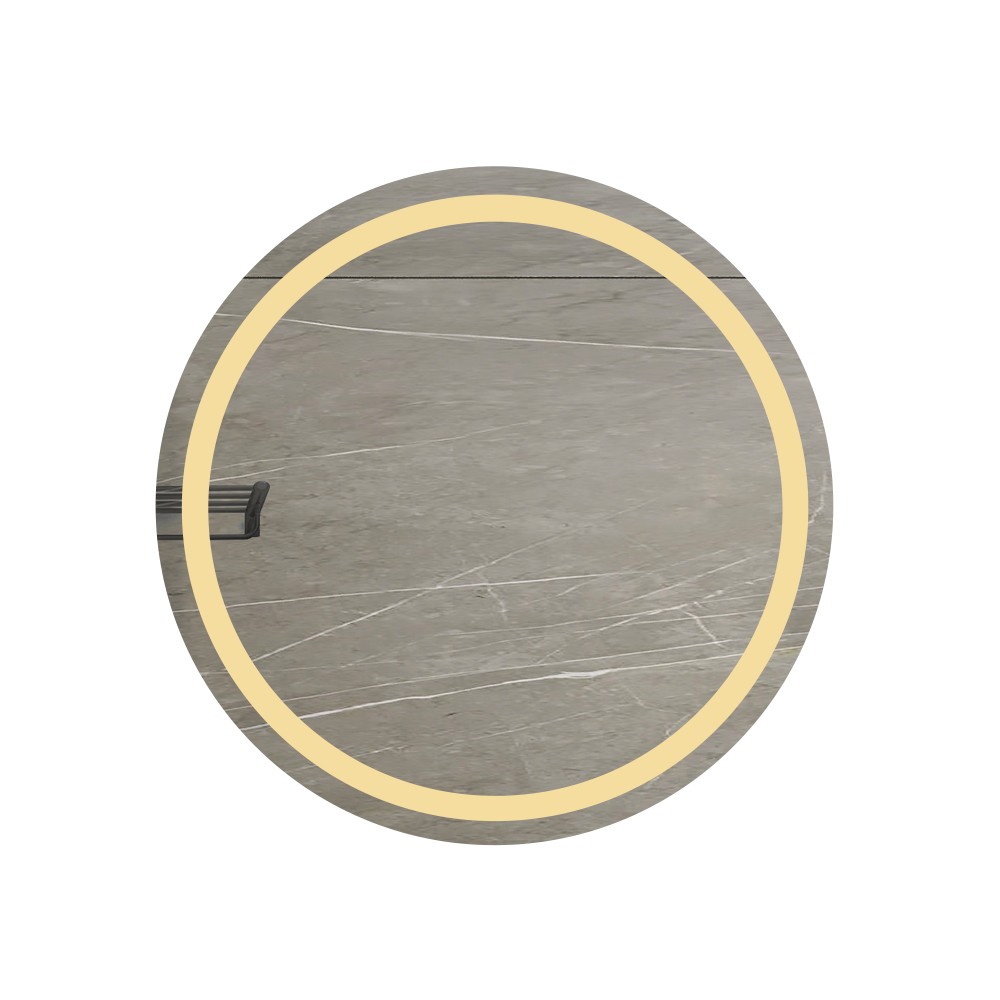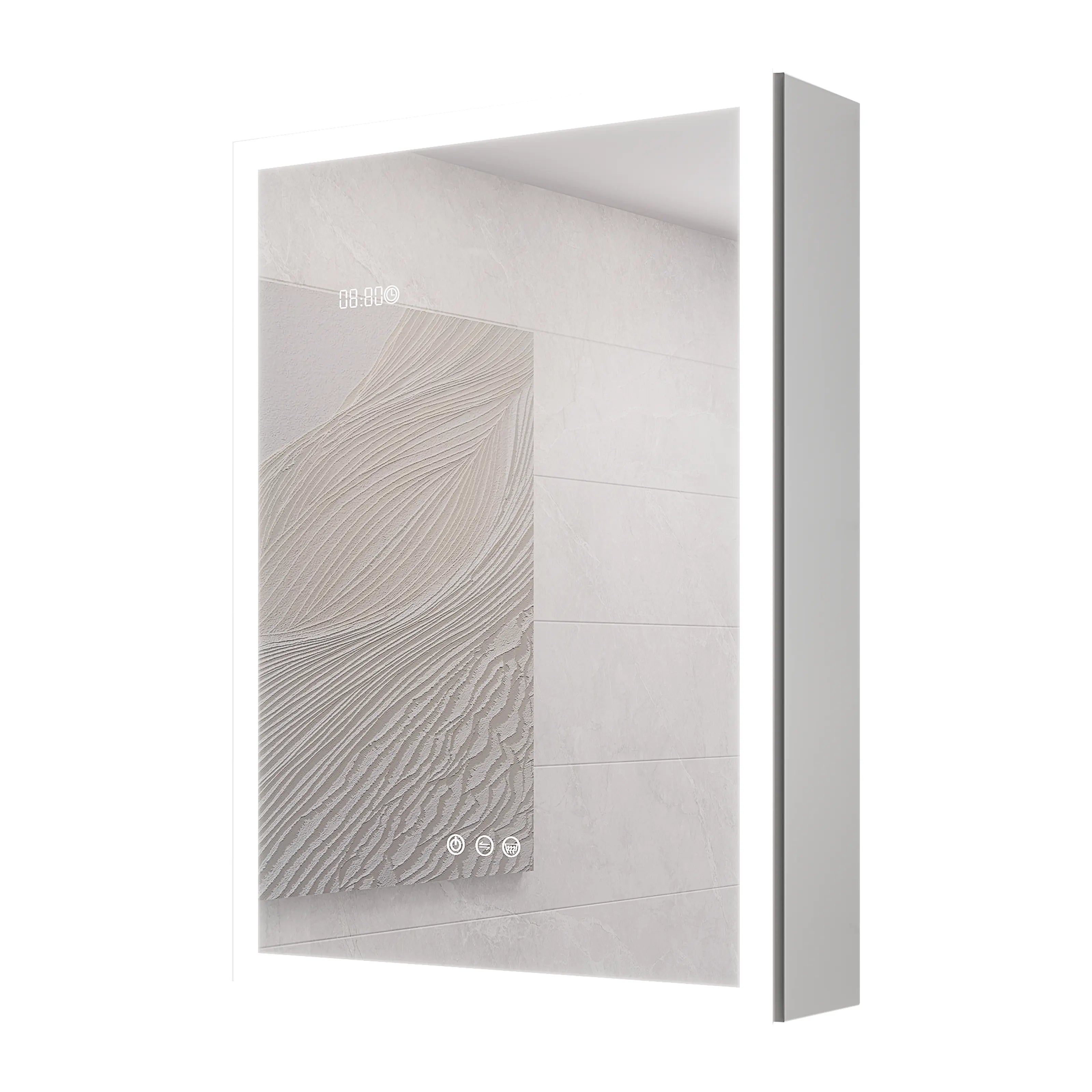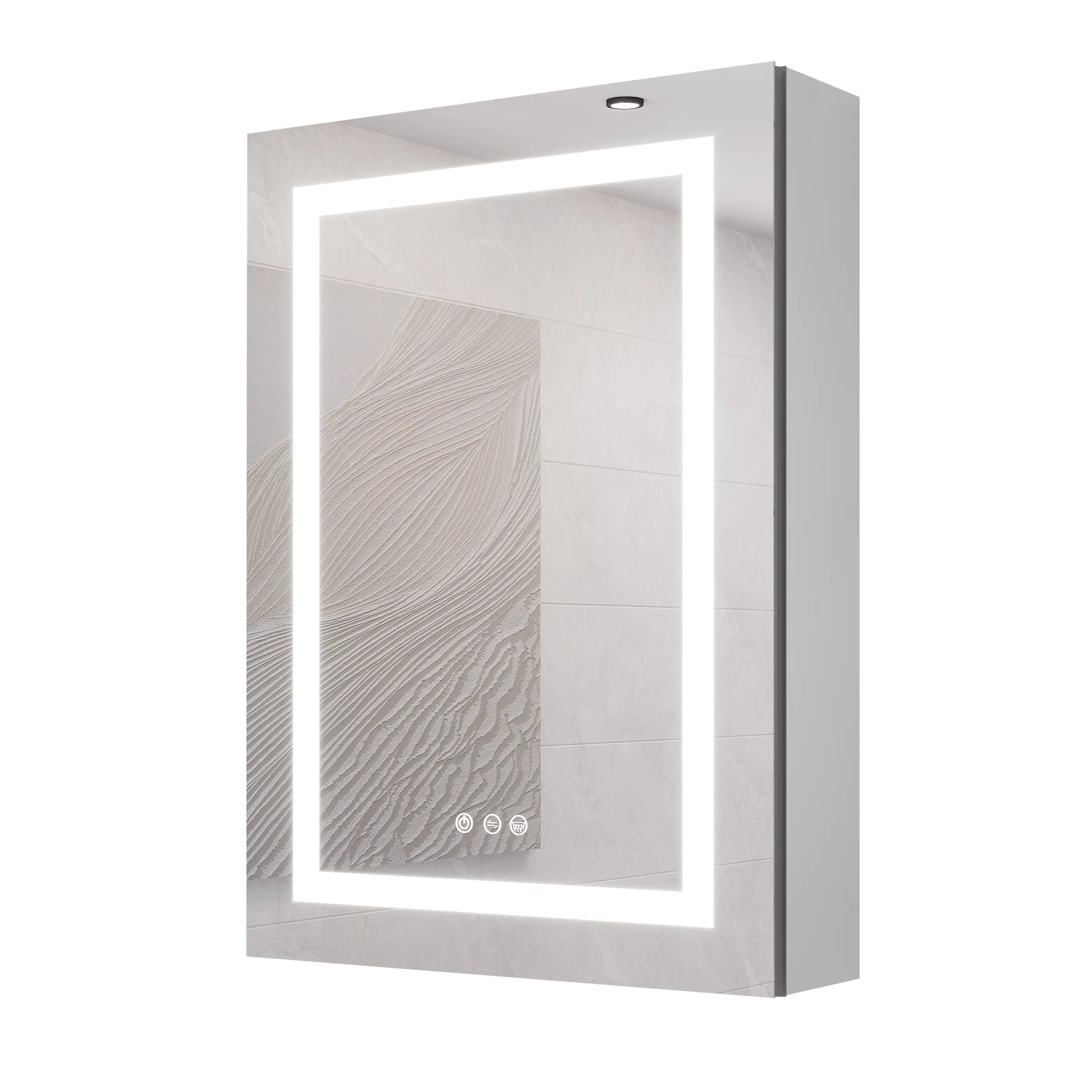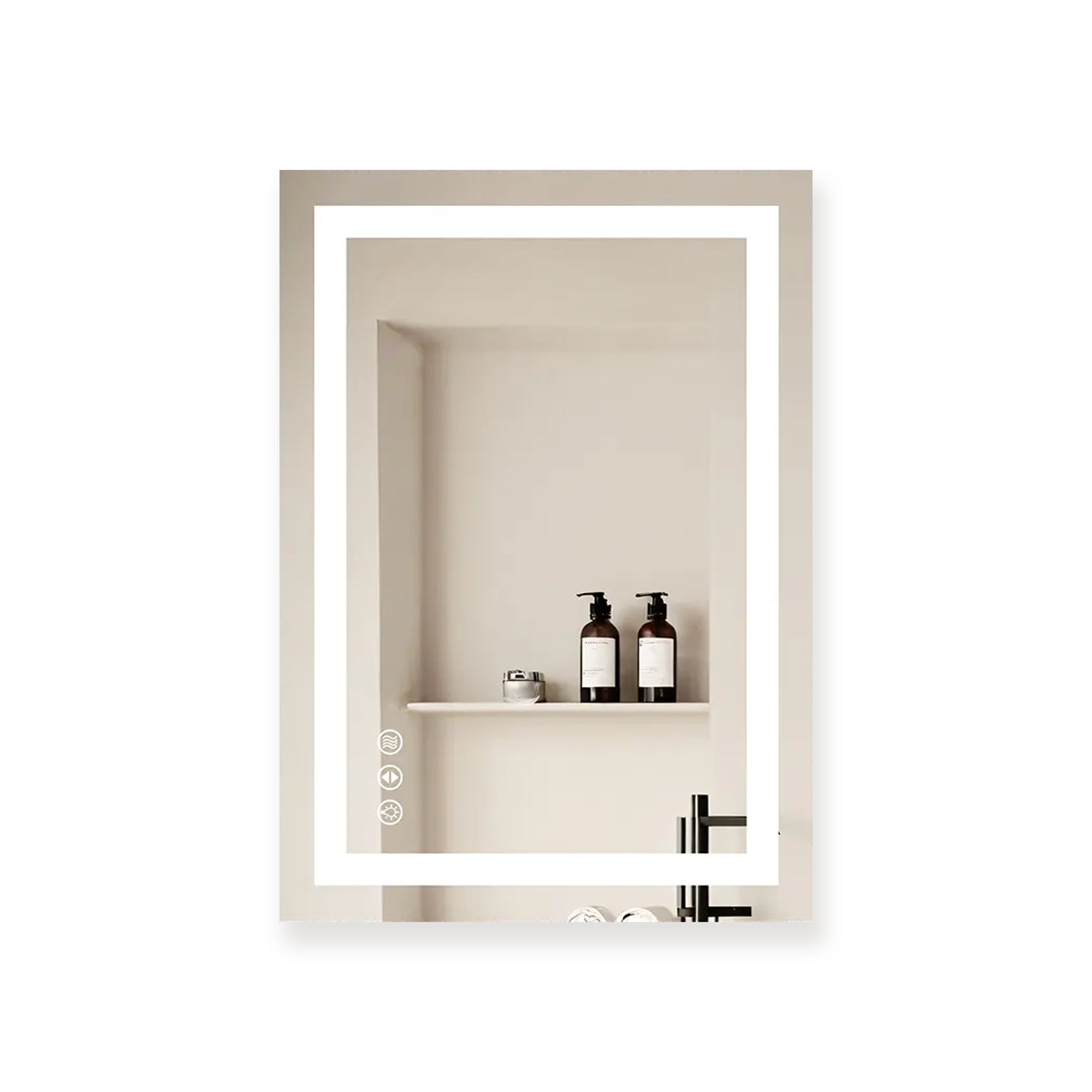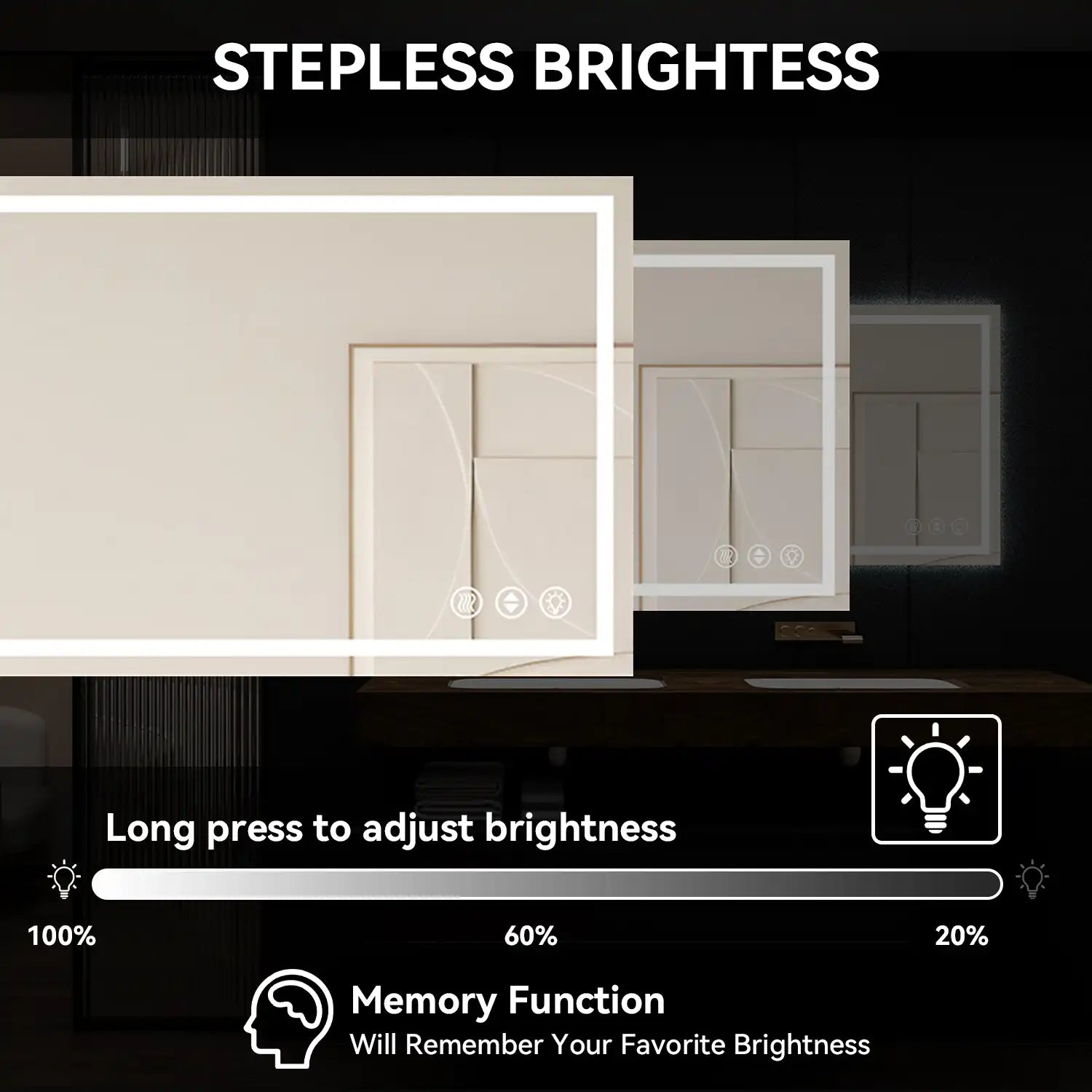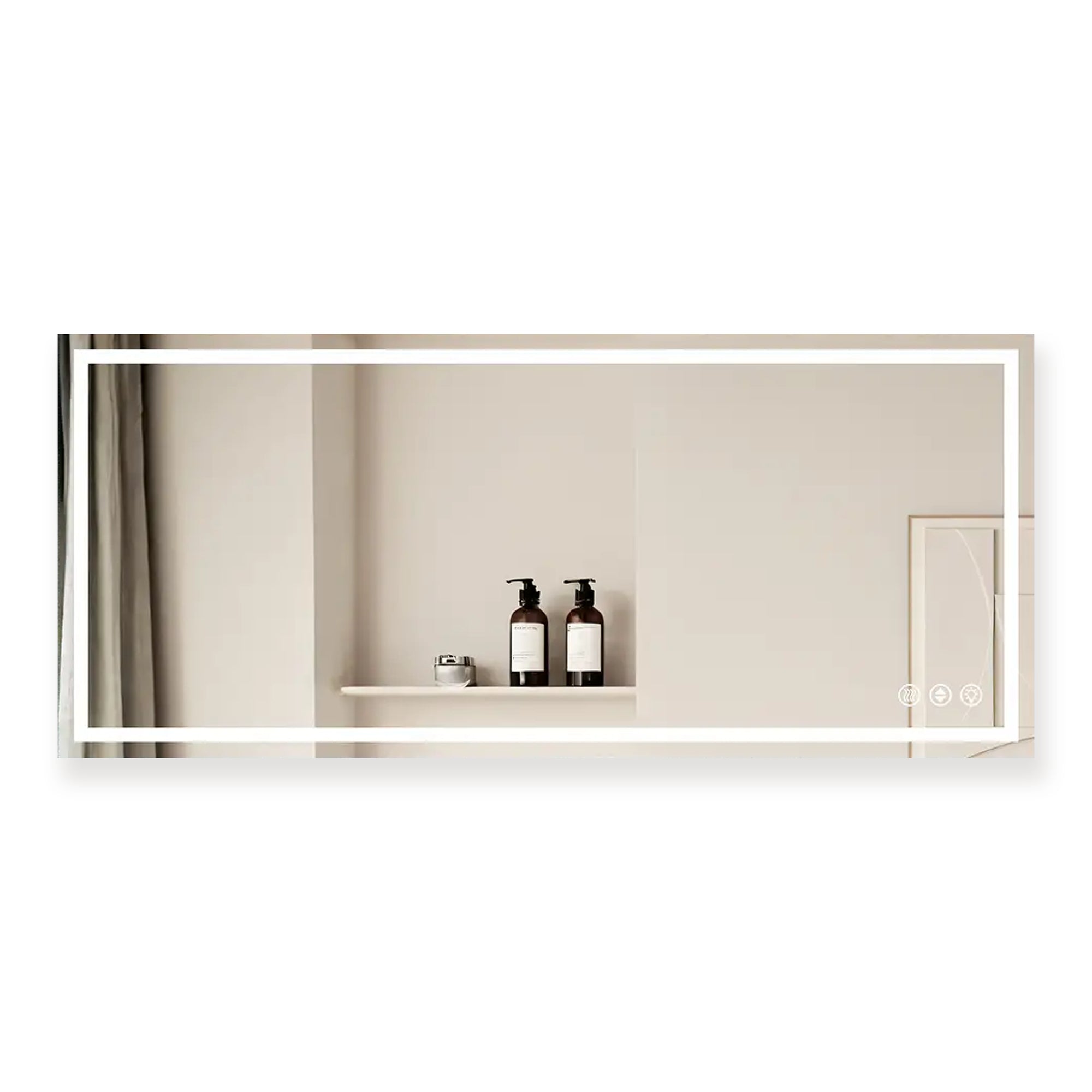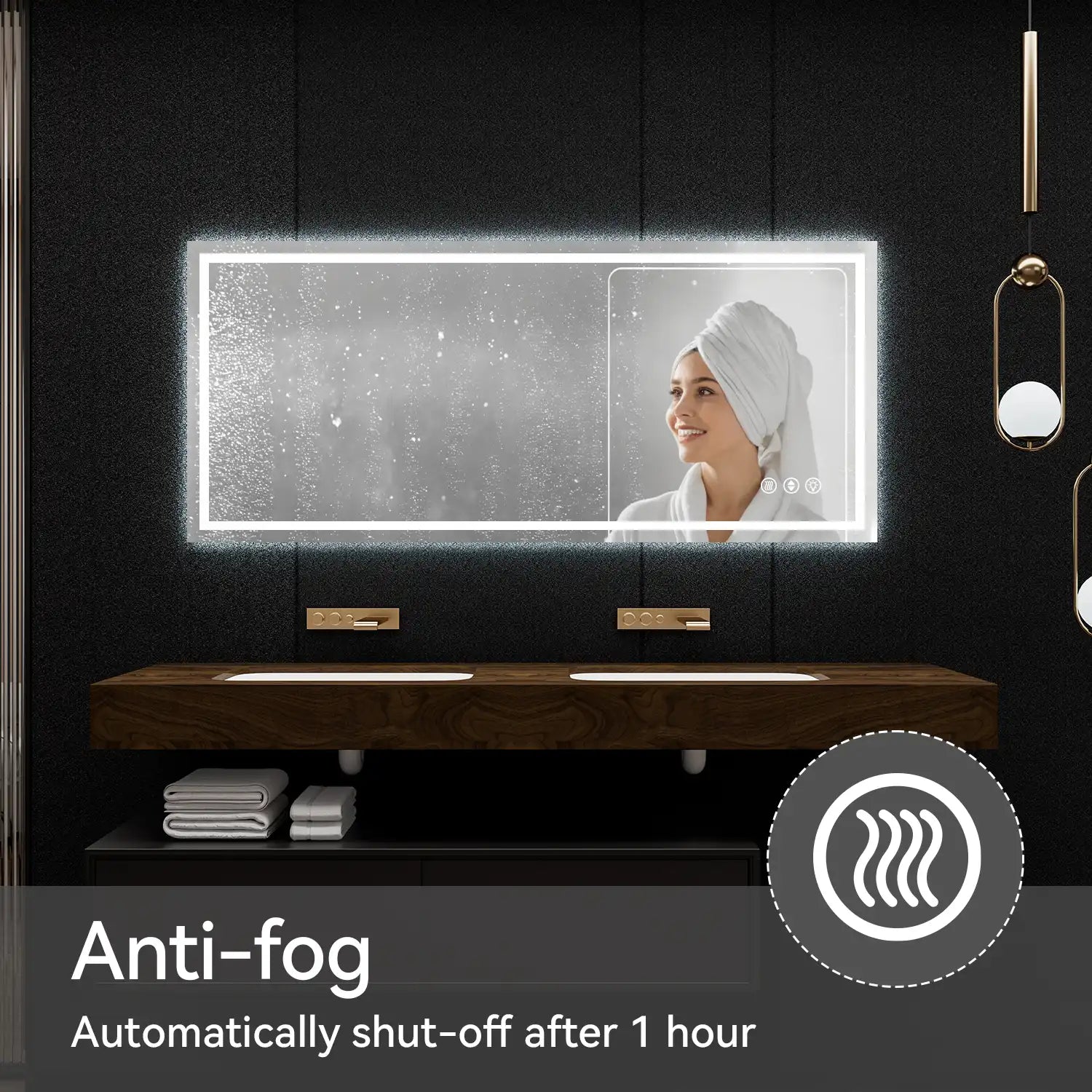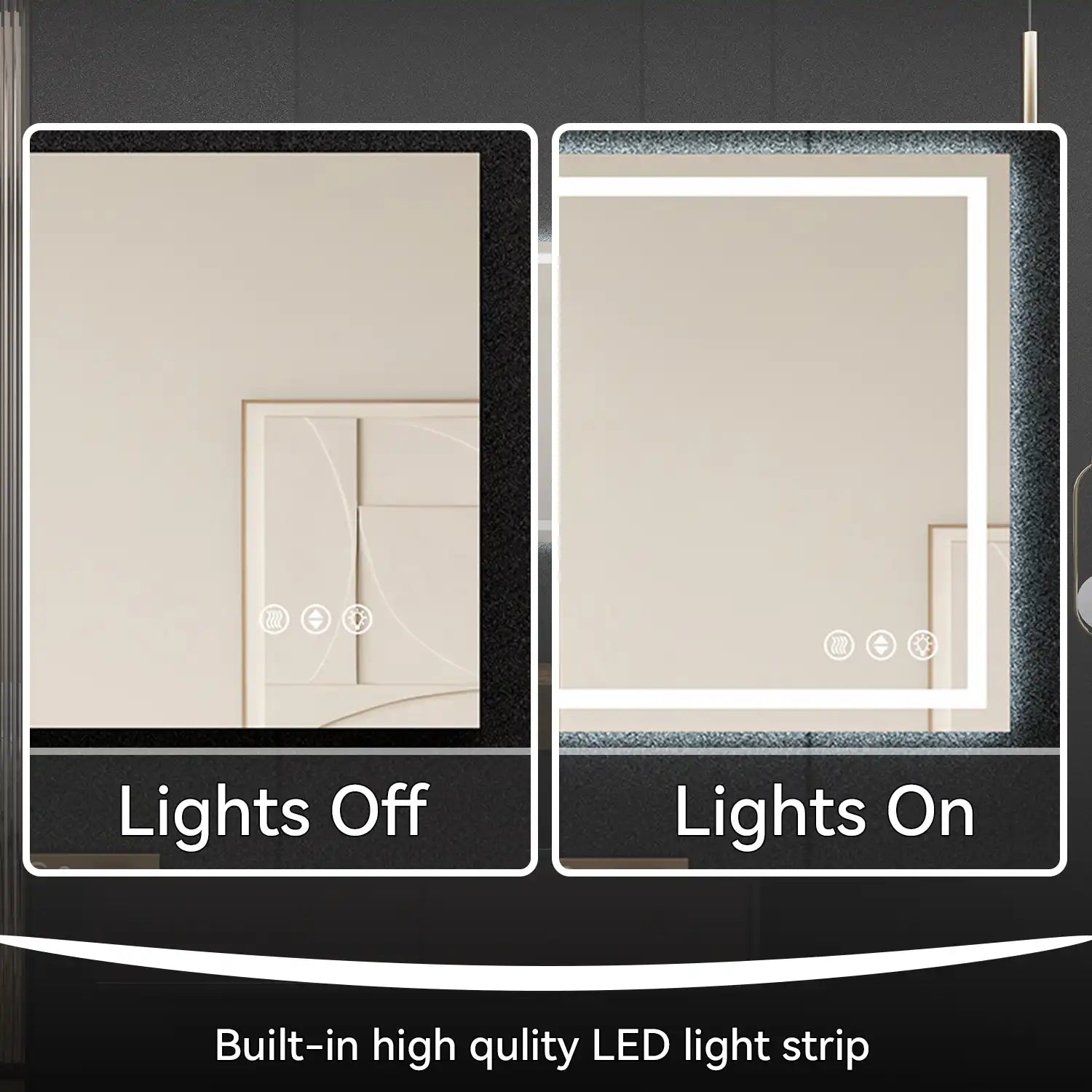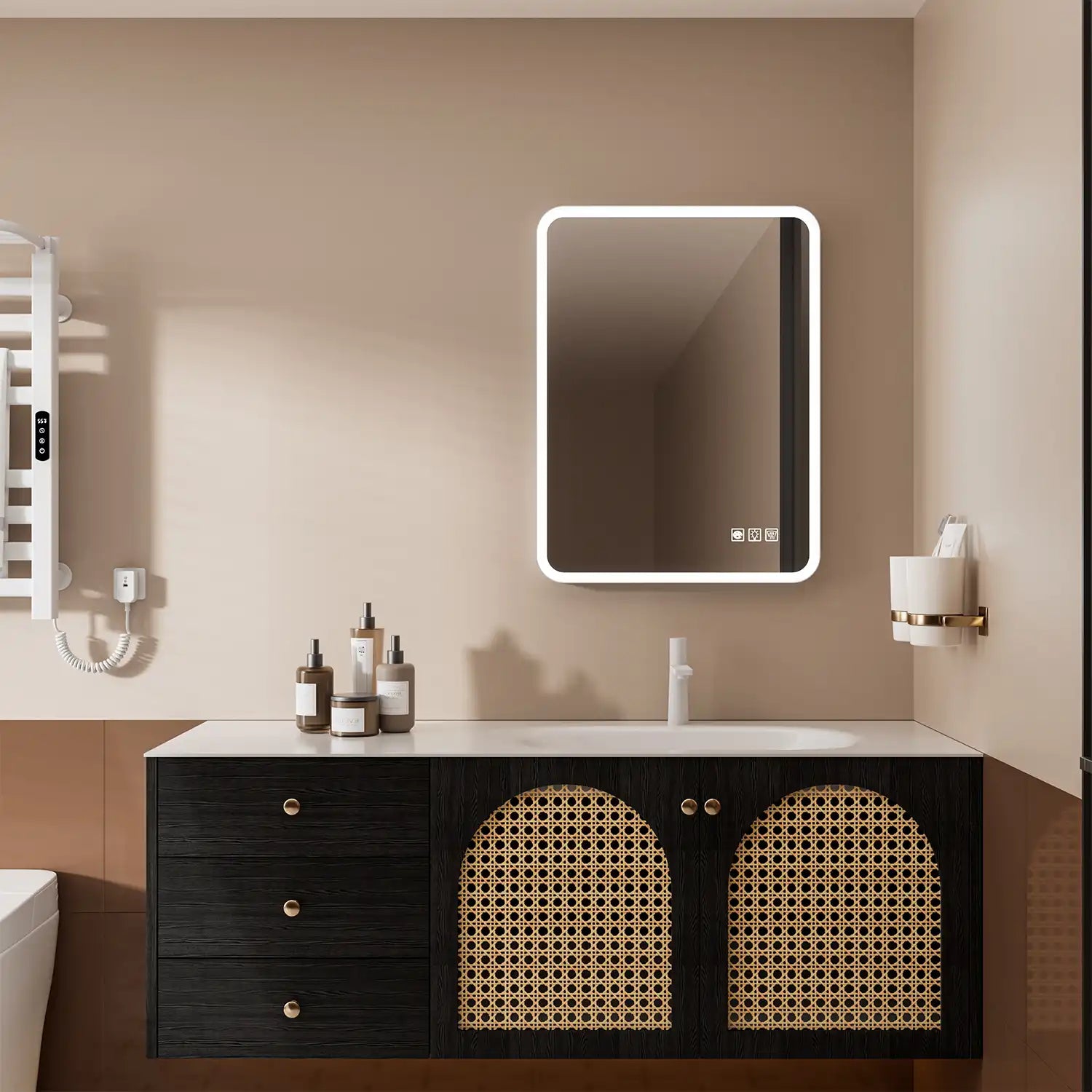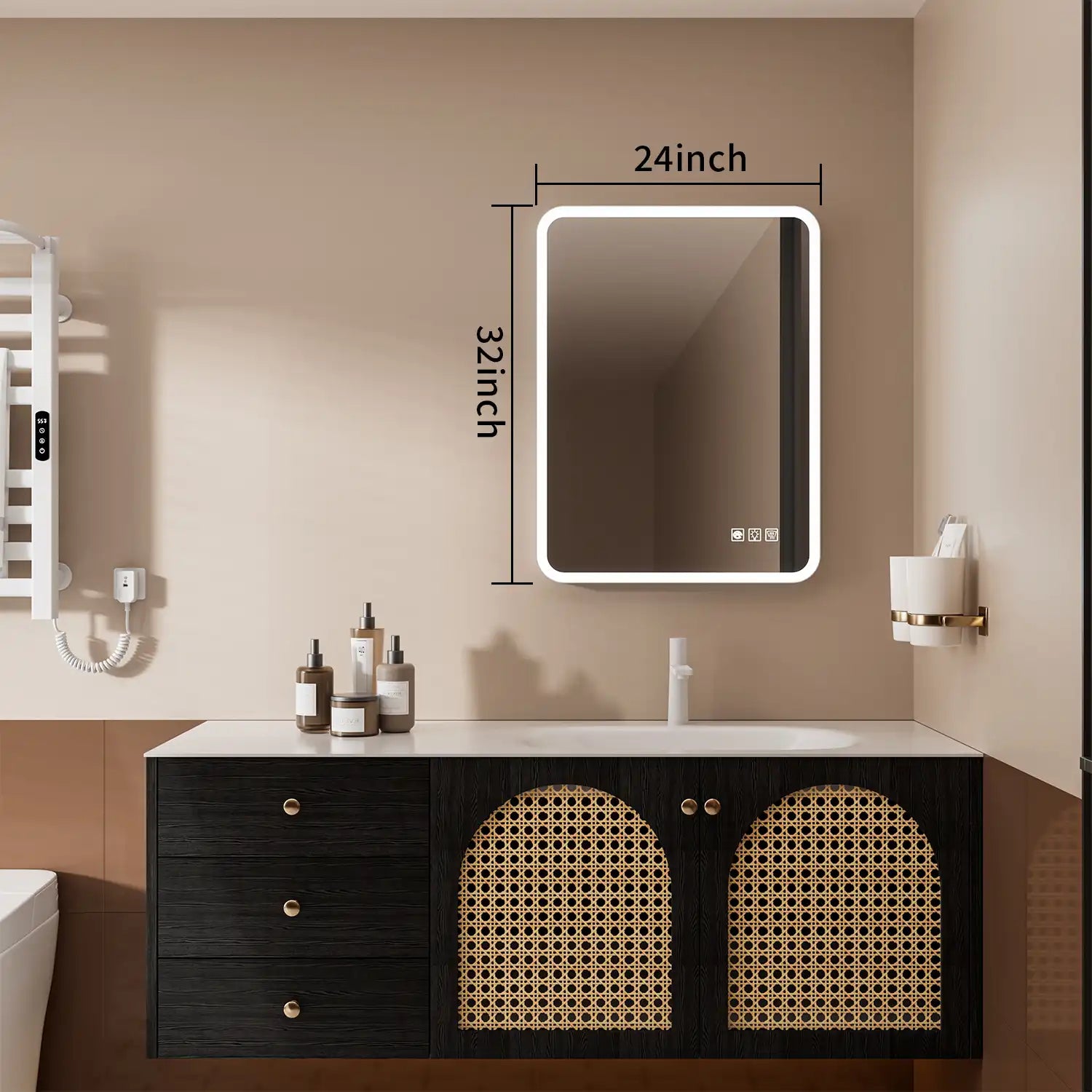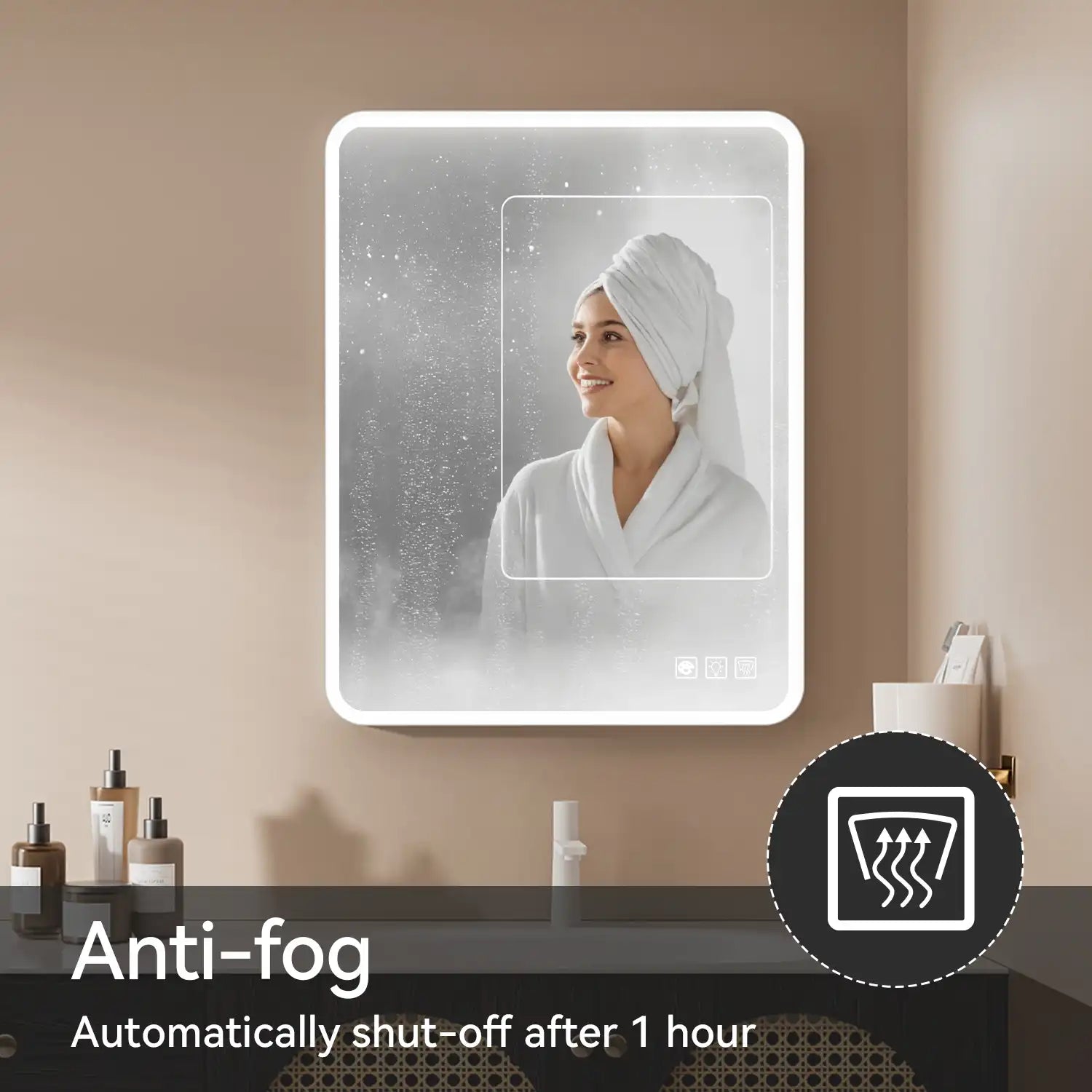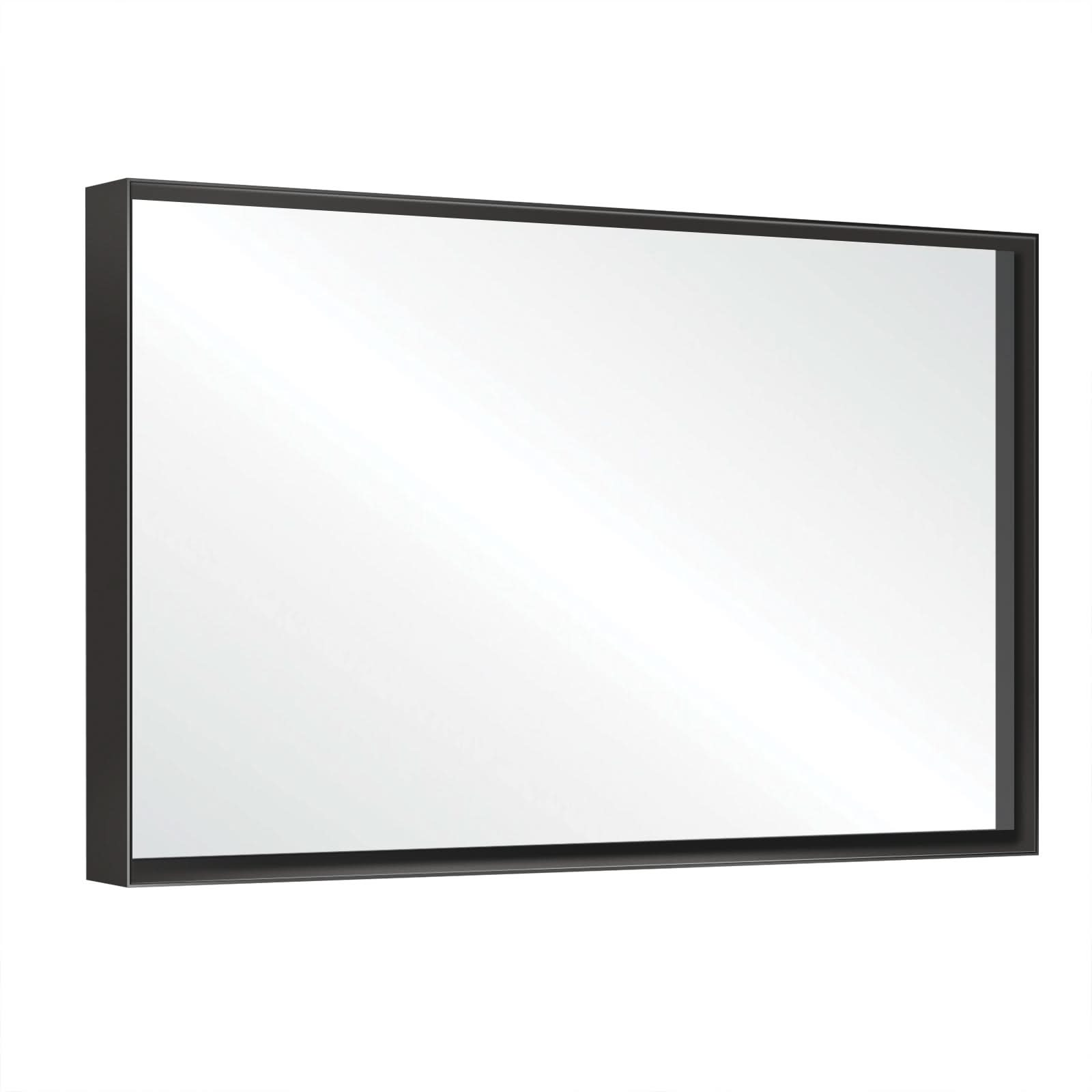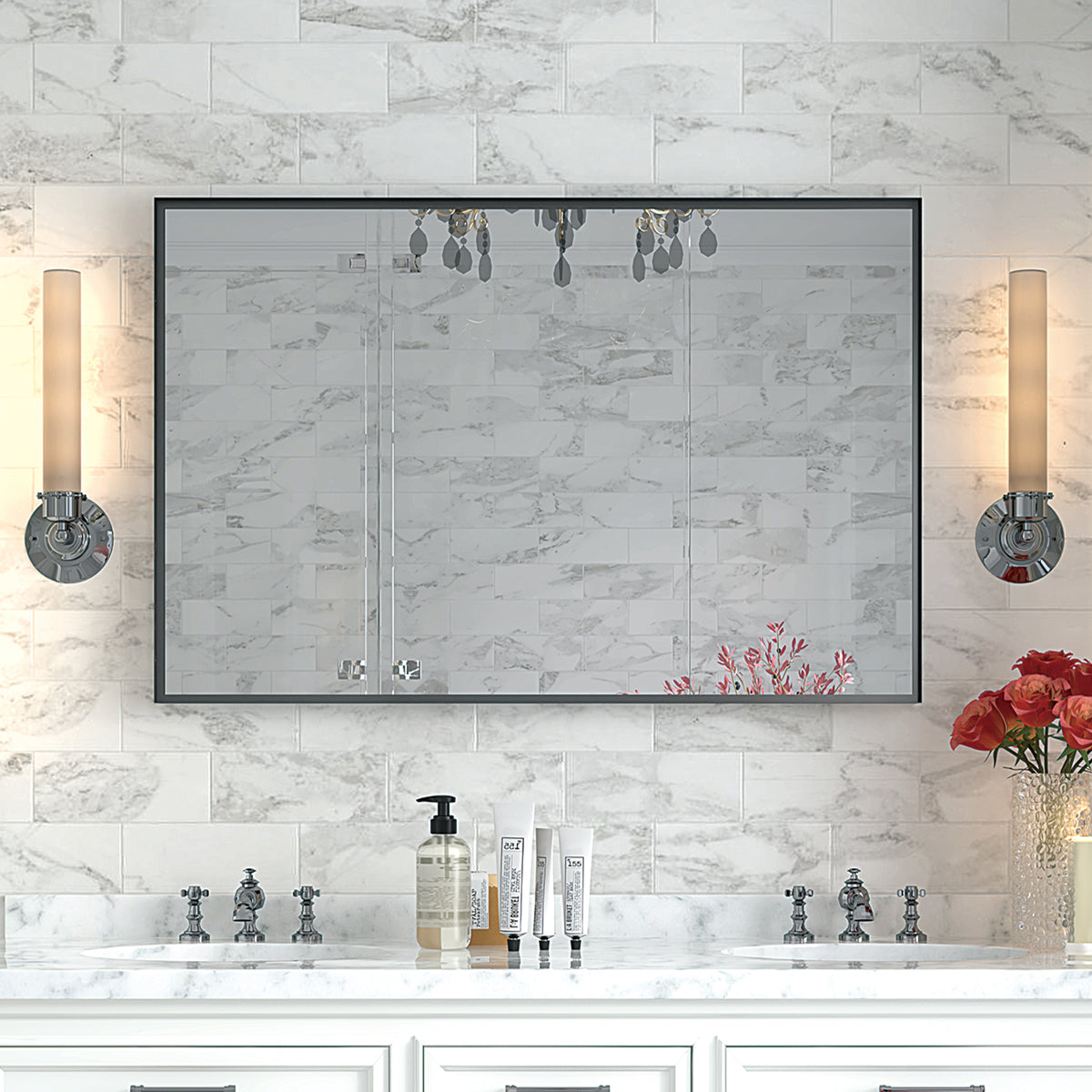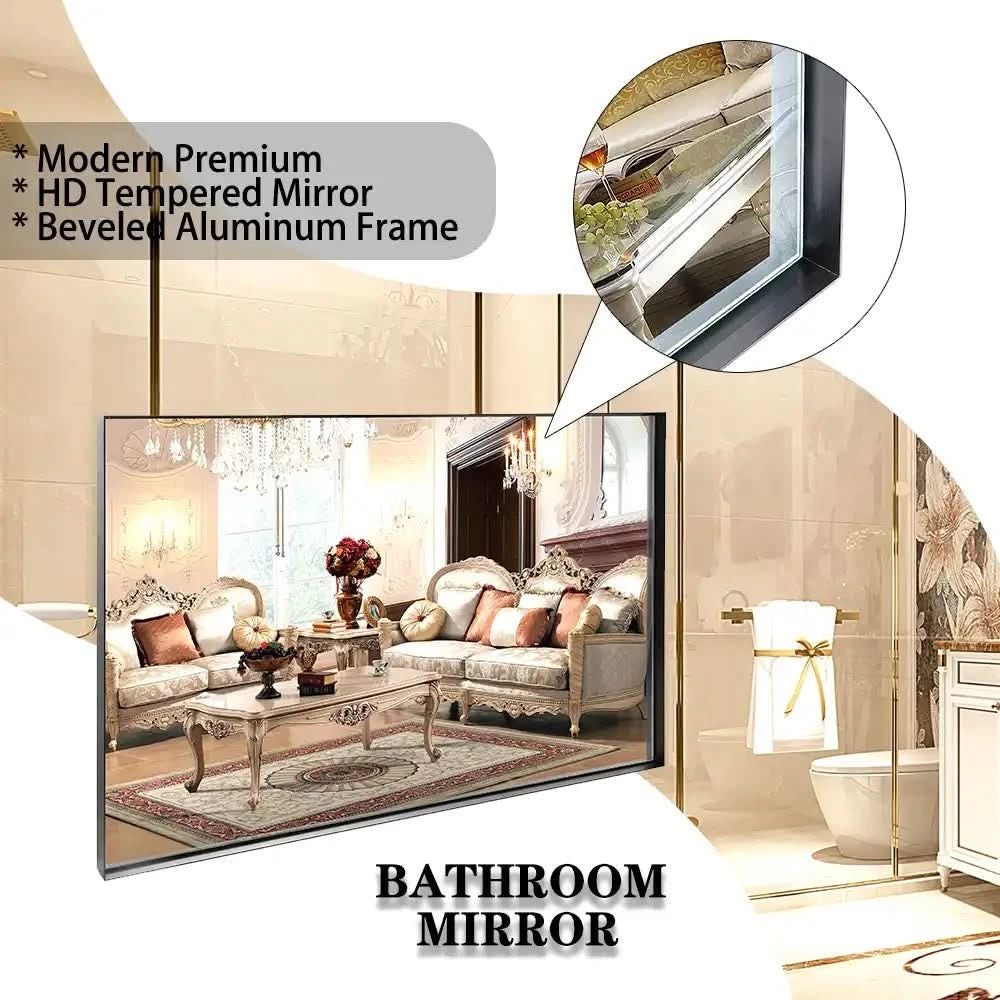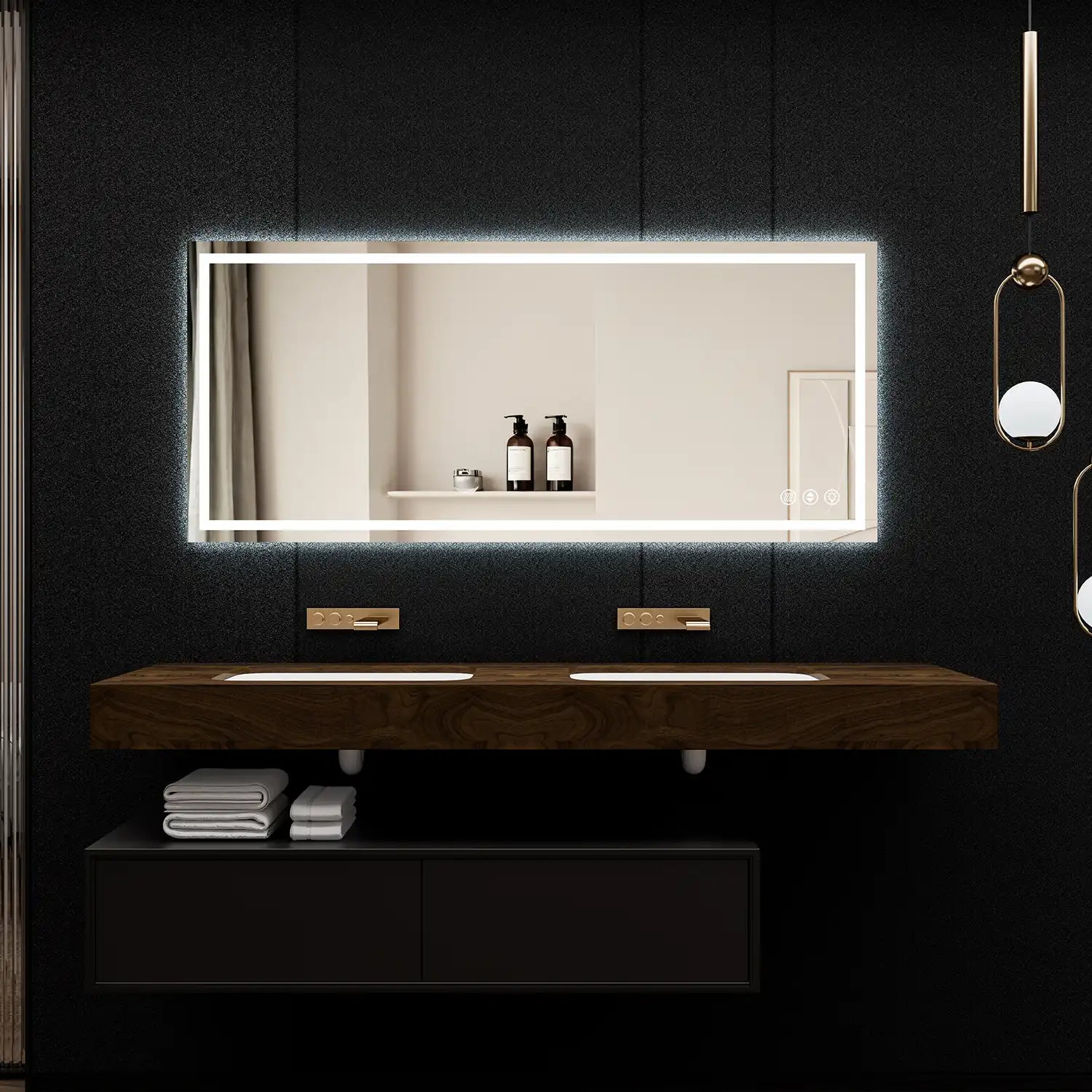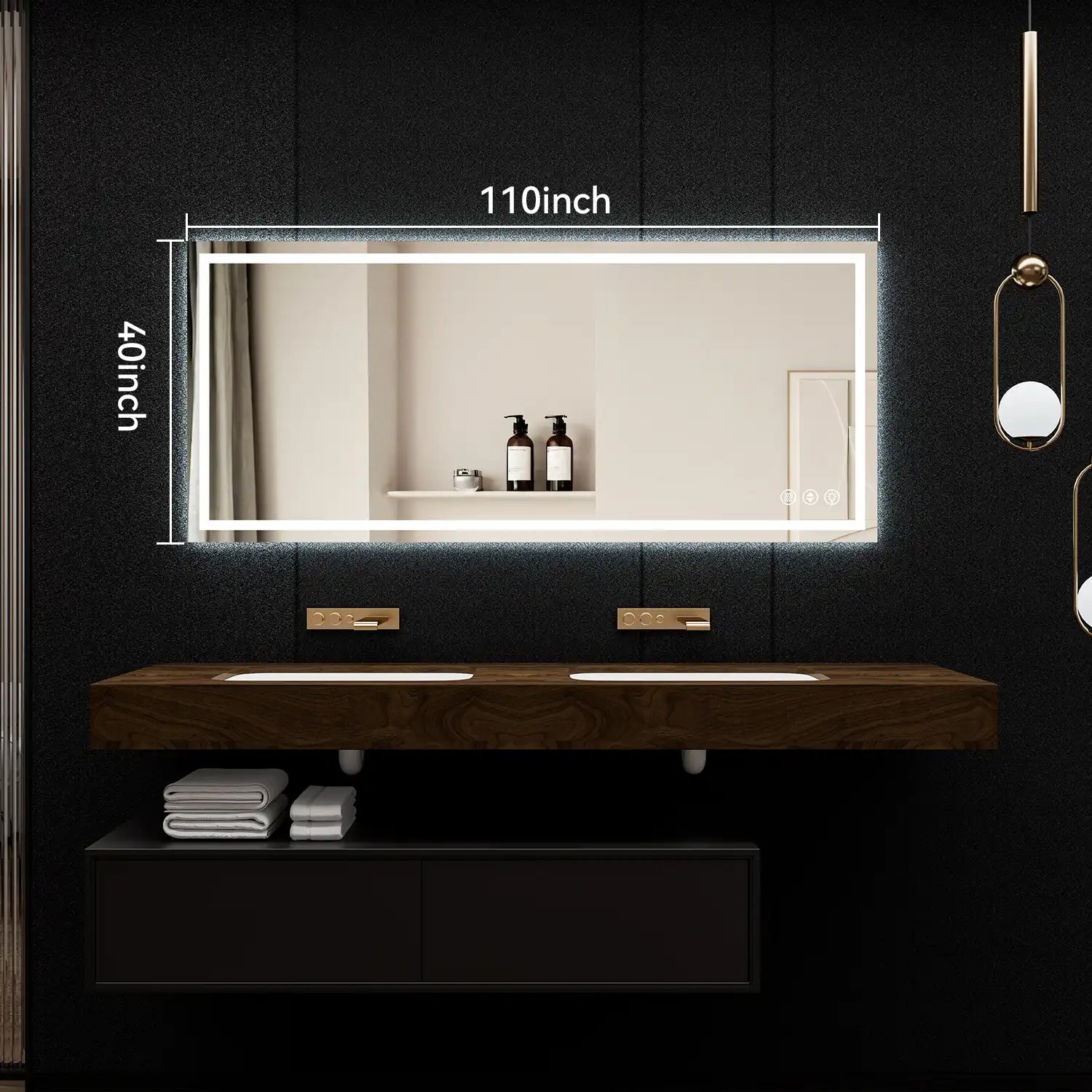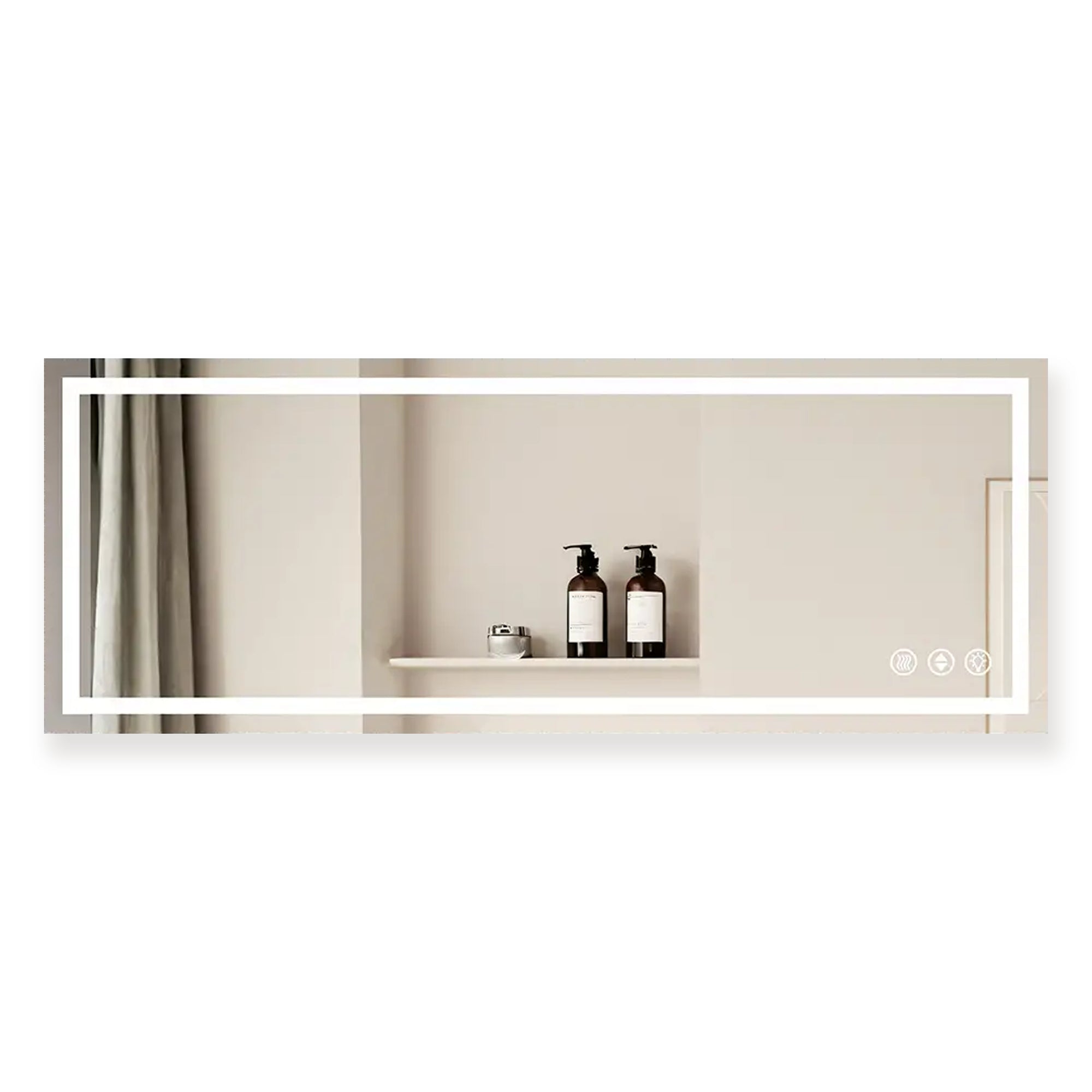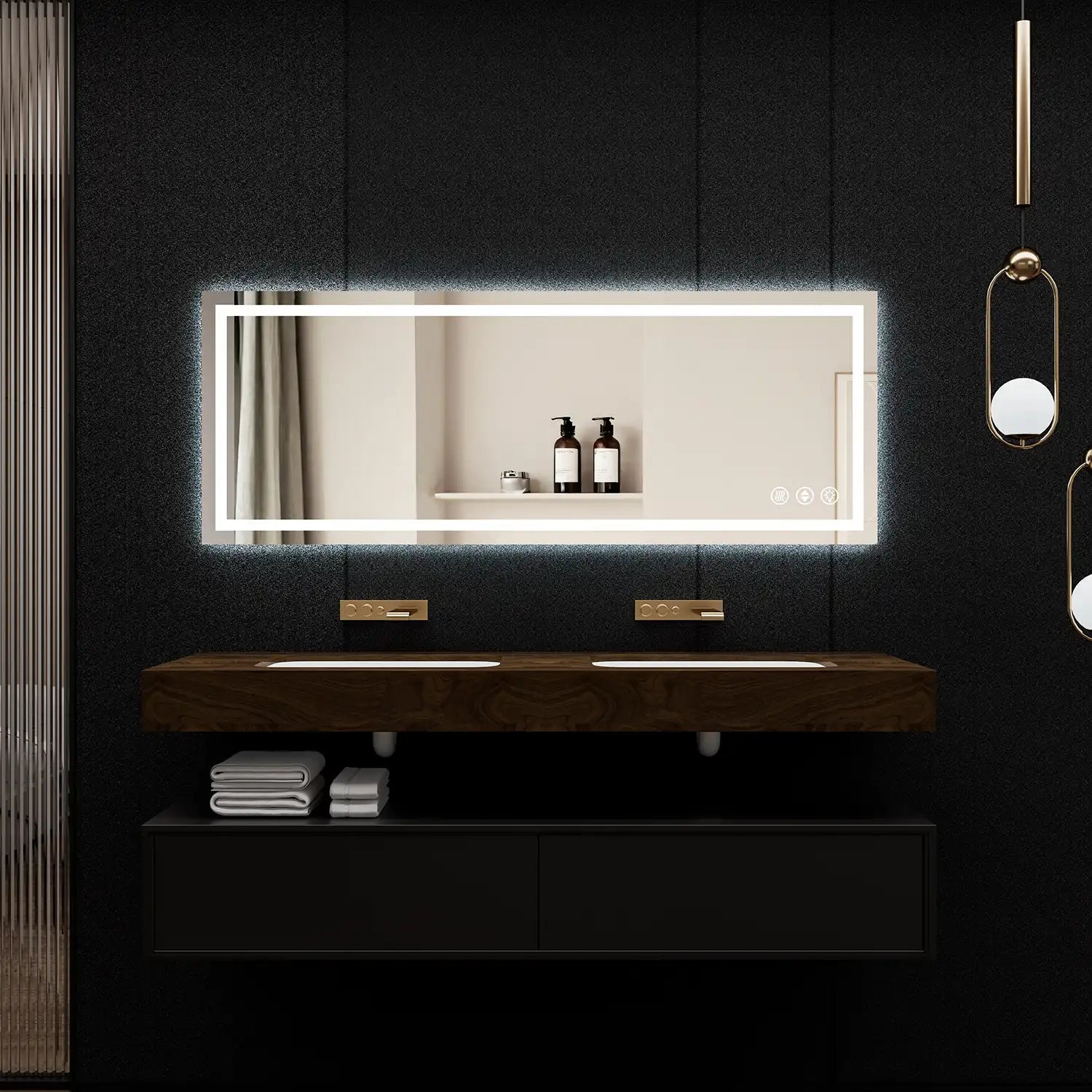Backlit bathroom mirrors have become a staple in modern home design due to their sleek aesthetics and practical functionality. Whether you're looking to brighten up your space or make a statement, understanding the key factors before installation is crucial. In this guide, we'll walk you through the most important considerations, from electrical setup to choosing the right light temperature, ensuring that your new mirror not only looks great but also functions flawlessly in your bathroom.

1. Electrical Considerations
When planning the installation of a backlit bathroom mirror, one of the primary factors to consider is your bathroom’s existing electrical wiring. Most backlit mirrors require a dedicated power source, typically through hardwiring into your home’s electrical system. This may require hiring a licensed electrician to ensure that the wiring complies with local safety regulations, especially in a high-moisture environment like a bathroom.
If you opt for a plug-in backlit mirror, you may be able to do the installation yourself, but hardwiring will give a cleaner look without visible cords. Moreover, ensuring the correct voltage is crucial to avoid issues such as overheating or light flickering. Always consult the product’s specifications, as some backlit mirrors offer dual-voltage options, making them compatible with both U.S. and European power standards. According to the National Electrical Code (NEC), proper Ground Fault Circuit Interrupter (GFCI) protection is vital in wet environments to prevent electric shock.
2. Bathroom Layout and Size

The size and layout of your bathroom directly impact the selection of a backlit mirror. In smaller bathrooms, the placement of the mirror can enhance the perception of space. However, if the mirror is too large for the vanity, it may look disproportionate, overwhelming the space. As a rule of thumb, your mirror should be about 2 to 4 inches narrower than your vanity on both sides.
Additionally, consider the mirror’s relationship to other bathroom fixtures like light fittings, storage cabinets, and wall-mounted shelves. Ensure there is enough space to prevent crowding and to allow for ease of access to storage and switches. Some manufacturers, such as Kohler and Ace Decor, offer mirrors specifically designed for compact spaces, incorporating both sleek design and functionality.
3. Mirror Brightness and Light Temperature

When selecting a backlit bathroom mirror, the brightness and color temperature of the light are critical. Mirrors with higher brightness, often measured in lumens, provide better illumination for detailed grooming tasks like shaving or applying makeup. A light temperature between 4000K and 5000K mimics natural daylight and is ideal for such tasks.
On the other hand, for creating a relaxing atmosphere, warmer light with a color temperature between 2700K and 3000K is preferable. Some mirrors come with dimmable features, allowing you to adjust the light intensity according to your preference. Mirrors like those from IKEA offer smart functionality where you can toggle between different light settings for versatility.
4. Energy Efficiency
Backlit mirrors typically use LED lighting, which is much more energy-efficient than traditional incandescent or fluorescent bulbs. LEDs consume far less electricity, last longer, and generate significantly less heat. According to studies, LEDs can save up to 75% of the energy used by incandescent lights and last 25 times longer (source: U.S. Department of Energy).
When purchasing, look for ENERGY STAR-certified mirrors or those with energy-saving features. Though the initial cost of LED backlit mirrors might be higher than conventional mirrors, the long-term savings on electricity bills can more than compensate for this.
5. Anti-Fog Features

Another aspect to consider is whether you need an anti-fog feature. After a hot shower, traditional mirrors tend to fog up, but backlit mirrors equipped with anti-fog technology remain clear. This feature can be particularly helpful in poorly ventilated bathrooms or for users who often find themselves waiting for their mirror to clear up. Many high-end models, such as those from Robern, offer integrated anti-fog features that turn on automatically with the backlighting.
6. Durability and Material Quality
When investing in a backlit bathroom mirror, durability should be a top priority. Bathrooms experience fluctuating humidity levels and temperature changes, which can cause damage to low-quality mirrors. Look for mirrors made with corrosion-resistant glass, and if possible, those with aluminum or stainless-steel frames to resist rust. Ace Decor offers corrosion-resistant models that cater specifically to the moisture-rich bathroom environment, ensuring longevity and low maintenance.
In addition, ensure the mirror has proper IP (Ingress Protection) ratings for water and dust resistance. For bathroom usage, a rating of at least IP44 is recommended to prevent moisture damage to the mirror’s electrical components.
7. Installation Height and Placement

The height at which you install your mirror also matters, as you want it to be functional and ergonomic. Generally, the center of the mirror should be aligned with the average person’s eye level, around 60 to 65 inches from the floor. However, this depends on who uses the bathroom most frequently. If your household has members of varying heights, an adjustable mirror option may be worth considering.
For double vanities, consider installing two smaller backlit mirrors rather than one large one. This allows each user to have their own lighted space without shadows or light overlap.
Conclusion
Choosing the right backlit bathroom mirror involves much more than just aesthetics. From ensuring proper electrical setup to selecting the right brightness and durability features, there are numerous factors that contribute to an optimal installation. Brands like Kohler, IKEA, and Ace Decor offer a wide range of backlit mirrors that can meet your style and functionality needs. By carefully considering your bathroom layout, lighting requirements, and energy efficiency, you can make an informed decision that elevates your bathroom’s ambiance and usability.

